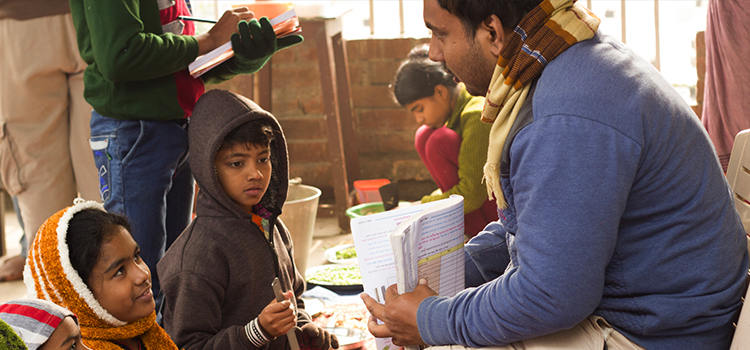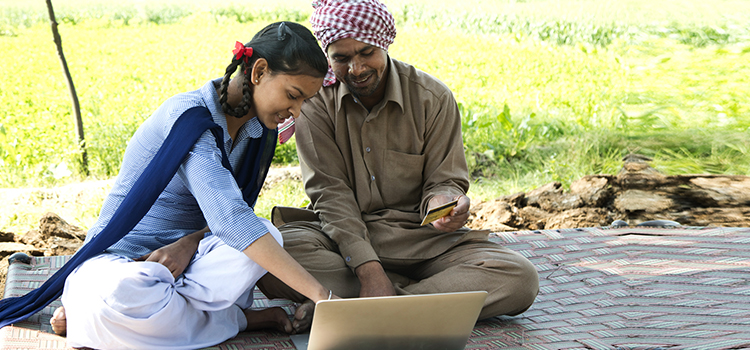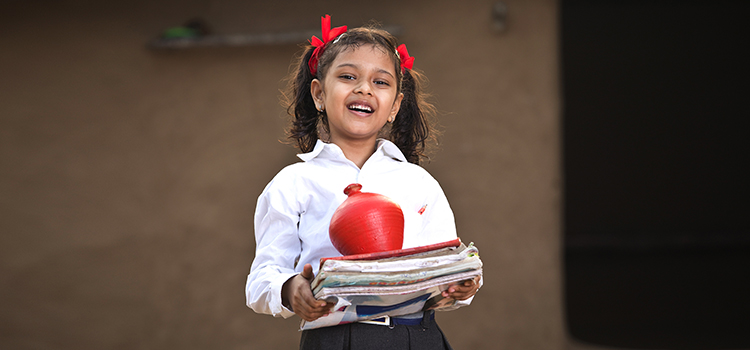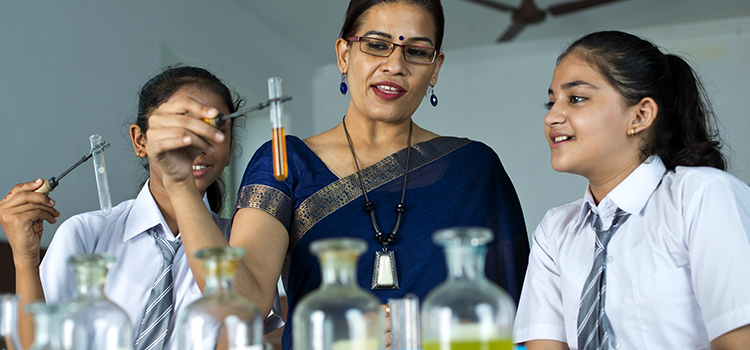Myths Related To Girl Education In India

Educating girls is one of the most effective investments for a country’s future that society can make. It not only leads to higher incomes for women but also benefits their children and community. Women who are more educated have healthier children and educate better than their mothers. The benefits abound-yet all too often, we hear people minimize the importance of educating girls.
A UNESCO(2017) report suggests that 264 million children are out of elementary and secondary school. An estimated 100 million young people are illiterate worldwide. Among these, a significant percentage are girls who miss out the education due to never-ending myths. Let's discuss some of these.
Myth 1:- Boys are better in school and education than girls.

In reality, boys and girls achieve the same things when they suppress obstacles. But there are constant barriers for girls related to education, including a low level of attendance and a lack of proper toilet facilities and infrastructure. Early marriage and gender inequality are the most significant drawbacks. These stumbling blocks are the main reason why people believe that boys are better than girls in education. But if a girl gets past these obstacles, she can perform better than boys in school.
Myth 2:- Boys are better at understanding technology than girls.

Technology is a vital part of the world now and will provide great opportunities in the future. The ability to learn technology is present in both genders. But in reality, girls have less exposure to technology than boys, which has to change to provide educational opportunities to girls.
Myth 3:- Investing in a girl’s education does not pay off.

People believe investing in girls’ education does not deliver as much return as boys’ education. This myth persists because of people's perceptions that educating girls is a waste of time and money as they will be married, and their only work is to take care of their families. But in reality, not educating girls can cost trillions of dollars to a country. The World Bank reports that limited educational opportunities for girls and obstacles in completing 12 years of education can cost $15 to 30 trillion in lifetime productivity and earnings.
Myth 4:- The STEM field is not for the female gender.

Society believes that all STEM subjects do not belong to women, as they have to care for their families, which will distract them from focusing on these essential subjects. But women like Asima Chatterjee, Ayyalasomayajula Lalitha, and Sudha Murthy, belonging to the Science, Technology, Engineering, and Mathematics (STEM), proved them wrong in the past, and women today can easily prove them wrong too.
Myth 5:- Economic growth doesn’t depend on a girl’s education.

Society believes that girls’ education does not help in economic development. While in reality, an average woman with proper secondary and higher education can earn almost twice as much as those with no education. With increased wages and respectful jobs, girls help their families overcome the vicious cycle of poverty and assist in economic and social development progress.
Myth 6:- Teaching girls sexual education can lead to more teen pregnancies.

When a female gets enlightened about sexual health education, it becomes fruitful for the economy as education reduces family size, child mortality rates, and unnecessary health risks. According to the estimation of UNESCO, we could cut half of the childhood deaths and female feticide if the girl gets 12 years of education. Once women have the authority to decide, they can have healthier children and are more likely to plan their pregnancies.
Myth 7:- Education becomes useless when girls get married.

Society believes that a girl’s education ends when she gets married. Truthfully an educated girl remains an asset to the community despite her marital status. She can earn more, plan a better future for their children, and is less likely to experience domestic violence.
Why do these myths endure in societies?
Societies hold these myths because of certain factors like lack of education and awareness, defiance to change traditions, and a need to maintain patriarchy. Sometimes, girls have no alternative but to drop out of school to take care of their younger siblings, do household chores, and do many other things. In many instances, they were compelled into an early and arranged marriage to pull their family out of poverty. Many people in rural areas restrain changes because of misconceptions regarding girls’ education and the need to hold on to the patriarchal society. They believe that educating girls can lead them to become egotistical, promiscuous, and rebellious. In reality, educating girls leads to the empowerment of the country.
➔ How to break the cycle of these myths?
To break the cycle of these myths, we need to take a multifaceted approach involving parents, the community, influencers, teachers, and much different government initiatives.
1. Parents and teachers supporting girls can be beneficial for the education of the girl as well as for the attendance in school.
2. Teachers needed to be more prudent about involving girls in education, especially in STEM subjects (Science, Technology, Engineering, and Maths). To engage girls in essential subjects like STEM, schools have to appoint female teachers in high numbers.
3. Government has to take more initiatives to promote girl child education and needs to make a proper and better investment in girls’ education so that girls can be confident to go to school. They can help promote girls’ education by providing separate toilets and a free daily supply of sanitary napkins.
4. Influencers should help educate the community about why investing in girls' education is better for the economy and social development. They should encourage them to eradicate evil practices such as early marriage and forced domestication.
5. Lastly, the community should understand that holding on to the patriarchal society is not fruitful anymore. Society should change its thinking and start educating girls. The first thing they have to do for change is to stop doing female feticides and infanticides.
Conclusion

There have been improvements in the status of women and girls in India. But many myths still need to be dispelled. Ignorance about the female gender contributes to many of these myths, and once they get debunked, perhaps attitudes towards women will change for the better. The government and NGOs can take all the myths into account and turn them into efforts to improve the lives of women and girls.